These Animals Have Been Around Before the Dinosaurs
Long before the first dinosaur hatched, Earth’s ancient life was already thriving. There were bizarre sea creatures and lumbering plant-eaters that ruled prehistoric landscapes for hundreds of millions of years. Many shaped the evolutionary path of modern species by surviving in strange worlds that bore little resemblance to the planet today.
Anomalocaris
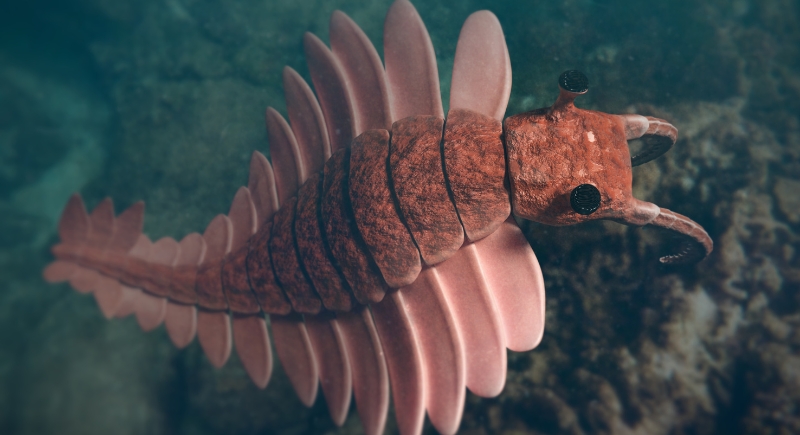
Credit: Getty Images
Around 520 million years ago, Anomalocaris dominated the Cambrian oceans with eyes that held over 16,000 lenses. Its name means “unusual shrimp,” but this predator was nearly 3 feet long and used flexible limbs to grab soft-bodied prey. It likely hunted in open waters and tracked targets using exceptional vision.
Arthropleura
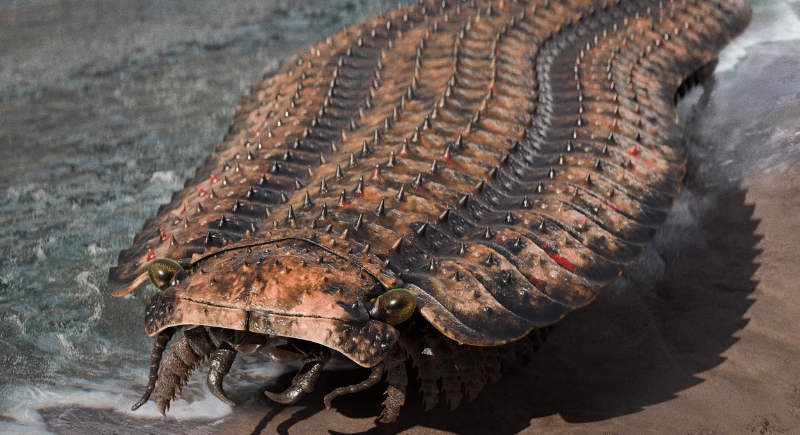
Credit: Wikimedia Commons
This massive millipede reached lengths of 8.5 feet, thanks to Earth’s high oxygen levels 300 million years ago. Arthropleura’s body was segmented and armored, which allowed it to move across the forest floors of what is now Europe and North America. It crushed plant debris with powerful jaws and avoided predators by sheer size.
Inostrancevia
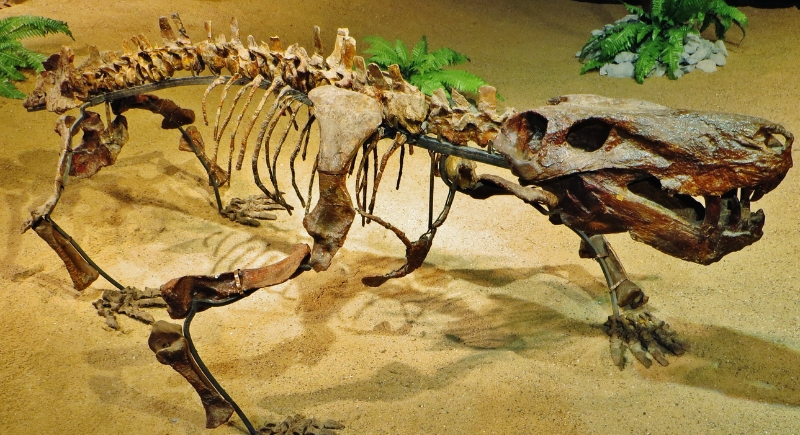
Credit: Wikimedia Commons
Inostrancevia looked like a cross between a big cat and a monitor lizard. Its long, saber-like teeth could puncture the thick hides of herbivores. It helped define the protomammal lineage that eventually led to true mammals, including humans.
Scutosaurus
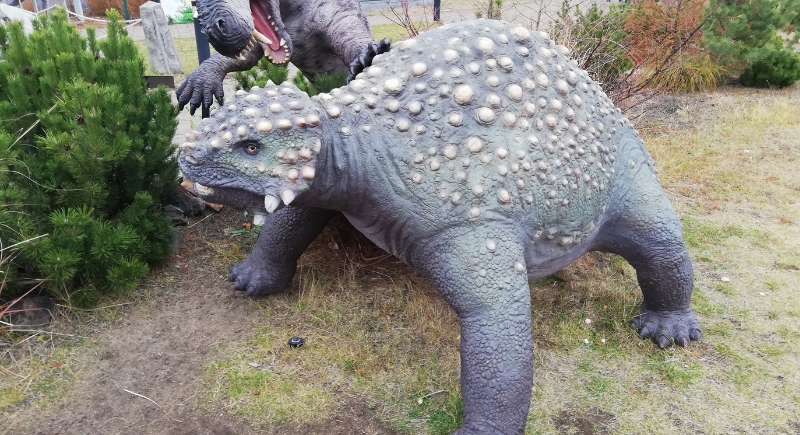
Credit: Wikimedia Commons
Scutosaurus was a slow, heavily armored herbivore that roamed ancient Russia’s dry plains. It was covered in thick osteoderms and used sheer bulk as its defense. Constant grazing helped it fuel its massive body, and its wide stance kept it balanced on uneven terrain while feeding.
Tiktaalik
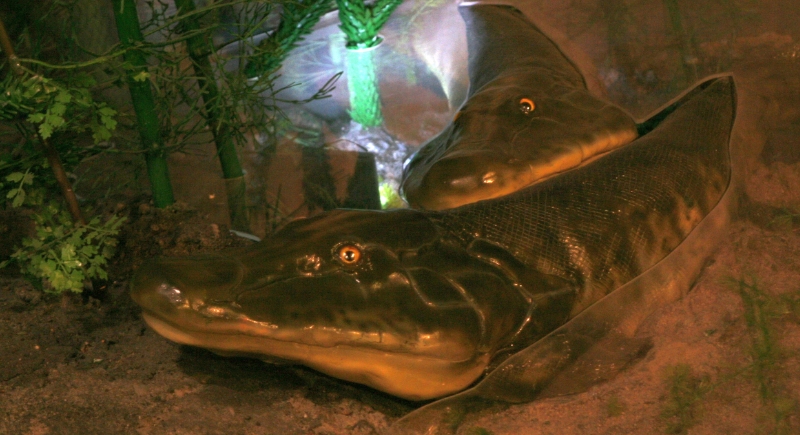
Credit: Wikimedia Commons
Discovered in Arctic Canada, Tiktaalik was a fish with limb-like fins and a mobile neck. It lived 375 million years ago and had both lungs and gills, suggesting its role in the transition from water to land. It also had ribs that supported its body outside of water.
Dimetrodon
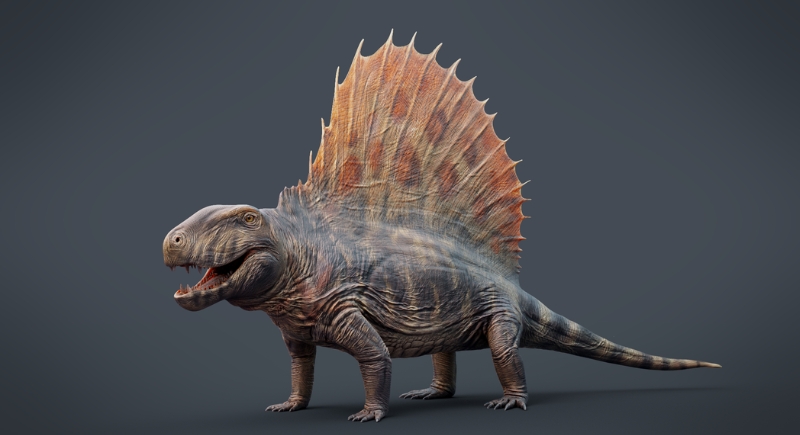
Credit: Wikimedia Commons
Though often confused with dinosaurs, Dimetrodon predates them by millions of years. Its skull featured a single temporal opening that links it to modern mammals. The sail on its back may have helped regulate body heat or attract mates. It hunted amphibians and reptiles using serrated teeth to tear through flesh.
Coelacanth
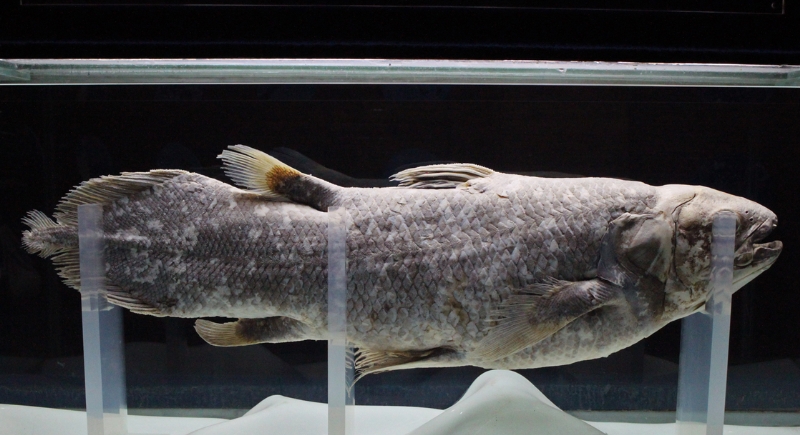
Credit: Wikimedia Commons
Once thought extinct, the Coelacanth shocked scientists when it was found alive in 1938 in South Africa. This deep-sea fish, dating back 420 million years, has lobed fins similar to limbs. It can live for over 100 years, move with an unusual “crutch-walking” motion, and only surface at night to hunt.
Meganeura
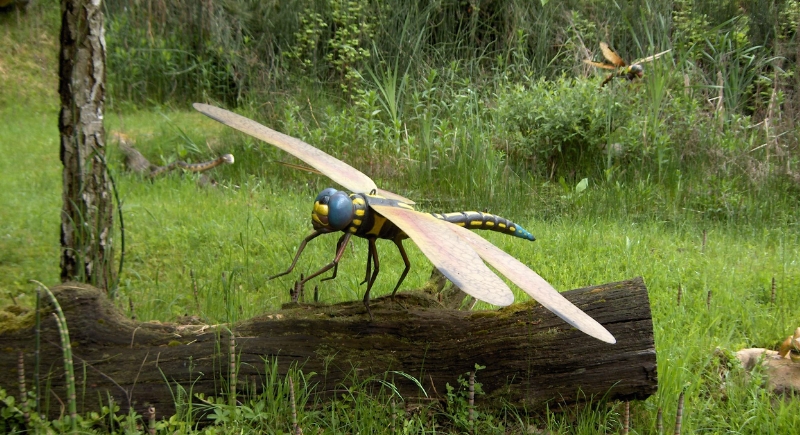
Credit: Wikimedia Commons
Meganeura was a massive predatory insect that soared above Carboniferous forests with a wingspan of over 28 inches. It likely hunted amphibians and other insects. Its large eyes and spiny legs helped it ambush prey mid-air. Fossils reveal it had strong flight muscles and veins across its papery wings.
Tanystropheus
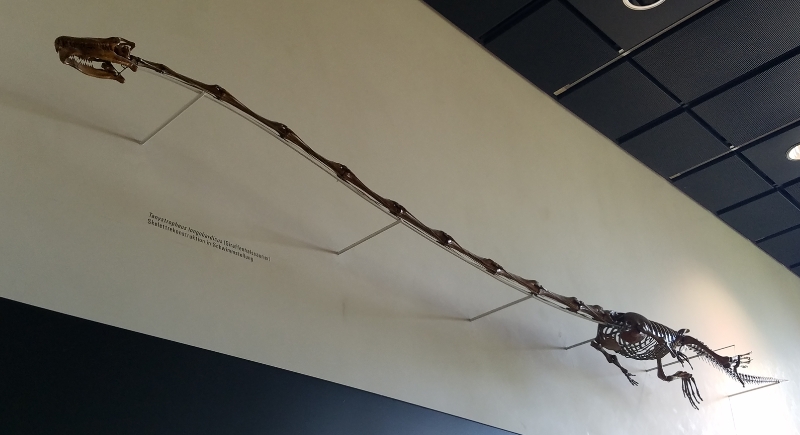
Credit: Wikimedia Commons
This Triassic reptile had a neck longer than its body and tail combined. At up to 20 feet long, it may have hunted fish in coastal waters using quick lunges. Its neck bones were hollow yet strong, and its sharp teeth were spaced to catch slippery prey near the water’s edge.
Dunkleosteus
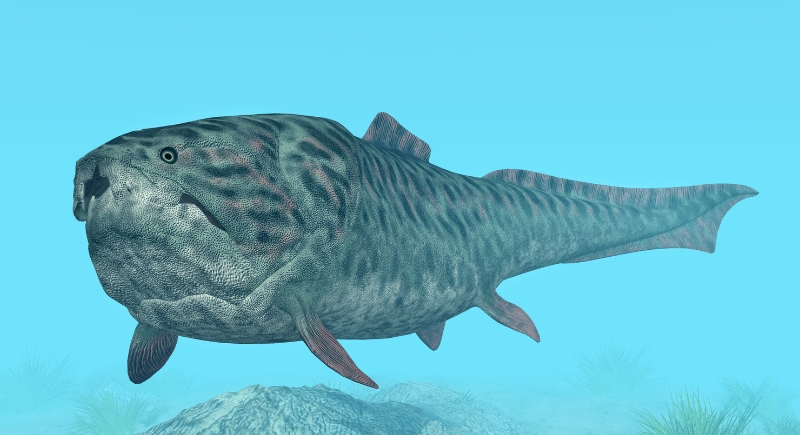
Credit: Getty Images
Dunkleosteus was a 33-foot-long armored fish with blade-like jaws. It could bite with 80,000 psi of force and easily slice through bone and armor. Its armored skull plates would often lock together during fights with other Dunkleosteus.
Pikaia
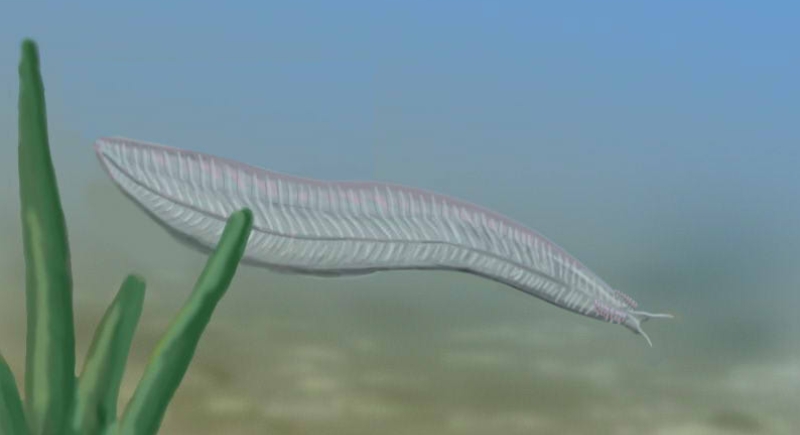
Credit: Wikimedia Commons
As one of the earliest known chordates, Pikaia swam through Cambrian seas over 500 million years ago. Though only a few inches long, it had a notochord—a precursor to the backbone. Fossils suggest that it used side-to-side motion to swim and fed itself by filtering particles from the water with short, bristle-like structures.
Hallucigenia
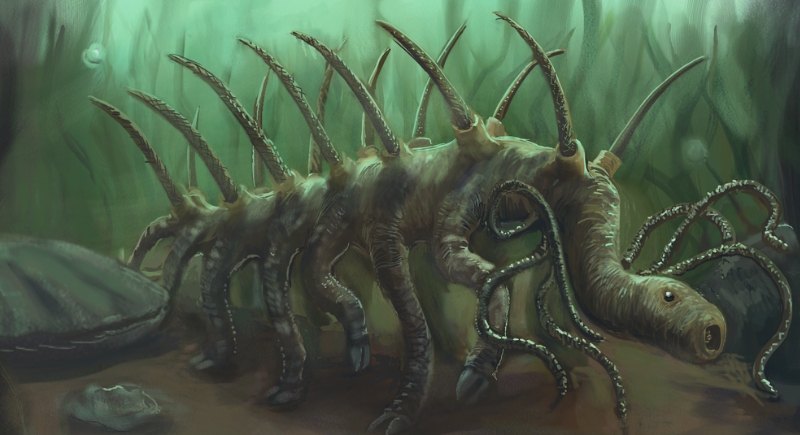
Credit: Wikimedia Commons
Hallucigenia had a spiny back and tubular legs, which looked like something from a cartoon. It lived during the Cambrian and puzzled paleontologists for decades. When eventually reconstructed right-side up, it walked on long, clawed legs and likely absorbed oxygen through its skin.
Opabinia
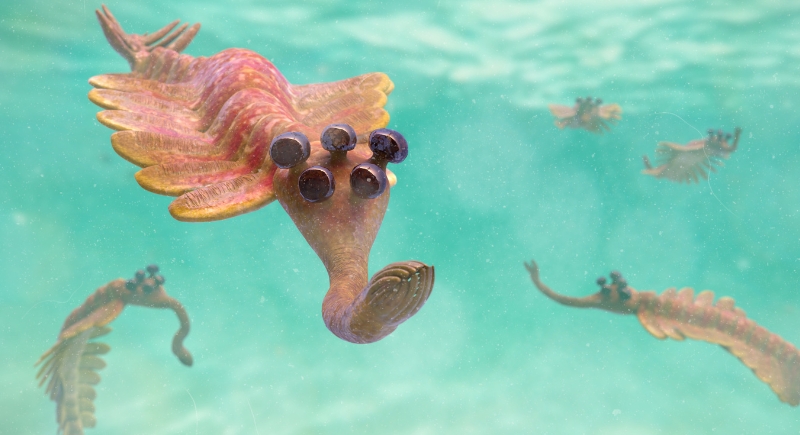
Credit: Getty Images
Opabinia had five eyes and a long, clawed proboscis, which made it one of the strangest predators in the Cambrian. It was only about 2 inches long, and likely used its trunk to snatch prey from the sea floor. Its flexible body helped it navigate soft sediments and evade predators with quick bursts of speed.
Tullimonstrum
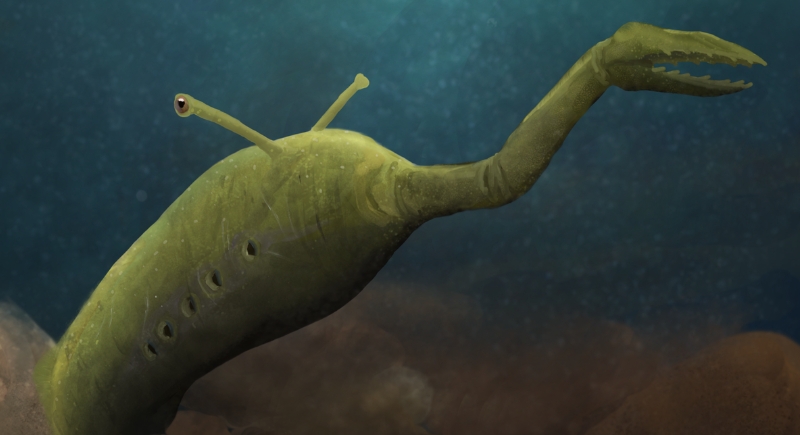
Credit: Wikimedia Commons
Nicknamed the “Tully Monster,” this soft-bodied marine animal had stalked eyes and a jaw-tipped proboscis. It was found in 300-million-year-old Illinois shale, and its classification is still debated. Its habitat was a shallow, low-oxygen lagoon filled with other strange invertebrates.
Pterygotus
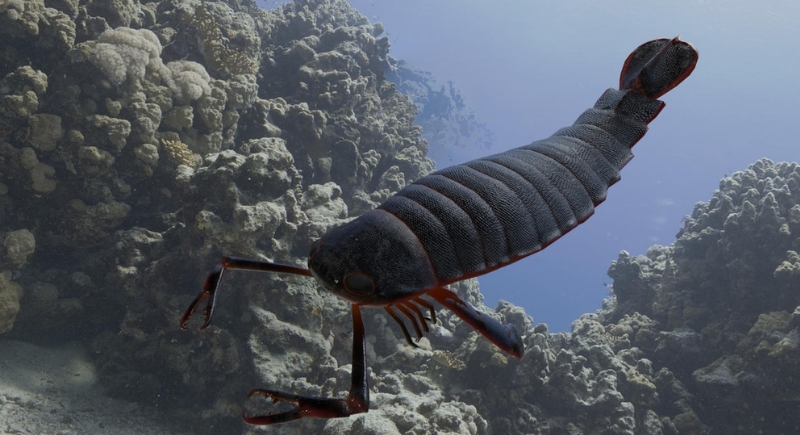
Credit: Wikimedia Commons
Pterygotus was a sea scorpion over 8 feet long that lived during the Silurian period. It had sharp pincers, a segmented tail, and strong swimming paddles. Its eyes suggest good vision, which probably helped it ambush fish and smaller arthropods. Its long body and jointed legs made it one of the era’s top hunters.